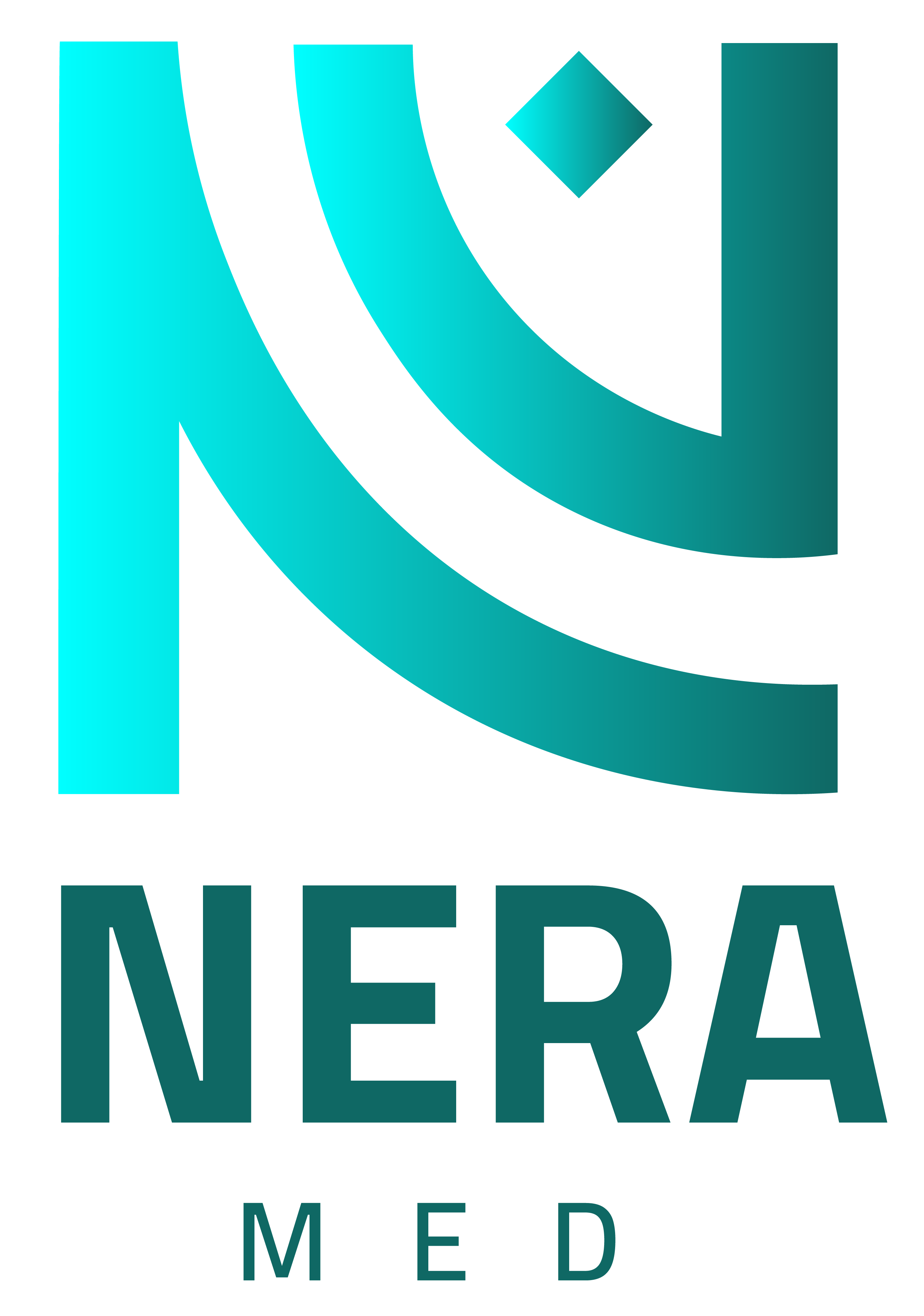Rhinoplasty: Enhancing and Refining for a More Harmonious Appearance

Rhinoplasty is a popular cosmetic procedure aimed at improving the shape of the nose to harmonize with other facial features. Historically, the nose has been considered a key element of beauty and ideal facial proportions. Thanks to advancements in medical and technological fields, rhinoplasty techniques have significantly evolved. This surgery offers solutions for individuals facing aesthetic or functional issues with their noses, helping them regain self-confidence and achieve a balanced appearance.
What is rhinoplasty?
Rhinoplasty is a surgical procedure that modifies the shape of the nose to enhance its appearance, whether for cosmetic or functional reasons. The surgery aims to correct aesthetic imperfections, such as excessive size or deformities, and can also improve breathing for individuals experiencing respiratory issues caused by the shape of their nose.
This procedure is performed using various techniques, including traditional surgery, laser-based operations, or non-surgical methods such as fillers to achieve a harmonious nose shape.
Types of rhinoplasty
- Traditional rhinoplasty: This is the most well-known type of nose reshaping surgery, involving the modification of the nasal bones and cartilage to achieve the desired shape. The procedure is usually performed under general or local anesthesia and takes between one to three hours, depending on the complexity of the case.
- Open rhinoplasty: This involves making an incision at the base of the nose, allowing the surgeon to access and modify the nasal bones and cartilage. This type of surgery is used for individuals who require significant changes.
- Closed rhinoplasty: Incisions are made inside the nose, leaving no visible scars on the skin. This technique is typically used for minor adjustments or nose reduction procedures.
- Laser rhinoplasty: This modern technique is less invasive than traditional surgery. Laser technology is used to enhance the appearance of the nose and correct minor imperfections such as bumps or angular corrections. Laser rhinoplasty helps reduce swelling and pain, contributing to faster recovery.
- Non-surgical rhinoplasty with fillers: This method is a non-invasive alternative for reshaping the nose. Fillers, typically made of hyaluronic acid, are injected into specific areas of the nose to alter its shape and size, such as reducing prominent edges or filling gaps. This approach does not require general anesthesia and is a quick procedure, though the results are temporary.
Reasons that motivate people to undergo rhinoplasty
The reasons for undergoing rhinoplasty vary, and they can be summarized as follows:
- Cosmetic enhancement: Many individuals seek to improve the appearance of their noses to boost self-confidence, especially if there are imperfections such as a large size or a crooked nose.
- Congenital defects: Some people may be born with nasal imperfections that affect its shape, such as a deviated septum or uneven nasal bones.
- Injuries or accidents: Accidents may lead to nasal deformities, requiring cosmetic surgery to restore the natural shape.
- Improving breathing: In some cases, nose surgery may be necessary to enhance breathing ability, such as when there is a deviated septum or enlarged cartilage.
Advantages and disadvantages of rhinoplasty
Advantages:
- Achieving a harmonious appearance: Rhinoplasty helps create balance between facial features, giving a more attractive and natural look.
- Increased self-confidence: After the surgery, many patients feel more confident due to the significant improvement in their appearance.
- Improved breathing function: In some cases, nose surgery can enhance breathing, especially when there are structural issues in the nose.
disadvantages:
- Surgical risks: Like any surgical procedure, rhinoplasty carries some risks such as infection, bleeding, and swelling.
- Unpredictable results: Sometimes, the results may not meet the patient’s expectations, which may require additional cosmetic procedures.
- Recovery period: Rhinoplasty requires a recovery period that may last several weeks, during which patients must avoid intense physical activities and ensure complete rest.
Preparation for the procedure
Before undergoing rhinoplasty, the patient must consult with a specialized surgeon. The preparation for the procedure includes medical tests to assess the patient’s overall health and ensure they do not have conditions that could affect the surgery. The patient should also discuss their expectations and desired outcomes with the surgeon.
Recovery and healing period
After rhinoplasty, the patient may notice swelling and bruising around the nose and eyes. Full recovery from the procedure typically takes between 6 to 12 weeks, while the patient may be able to return to light daily activities after one or two weeks. It is advised to follow the surgeon’s instructions carefully to ensure proper healing and avoid complications.
Conclusion
Rhinoplasty is a surgical or non-surgical procedure that helps improve the appearance of the nose and enhances overall facial harmony. If you are considering rhinoplasty, the first step is to consult with a specialized doctor to determine the most suitable options for your case. Whether the reasons are aesthetic or medical, rhinoplasty can enhance facial appearance and boost self-confidence, provided it is performed under the supervision of a qualified doctor and with proper aftercare.
.








